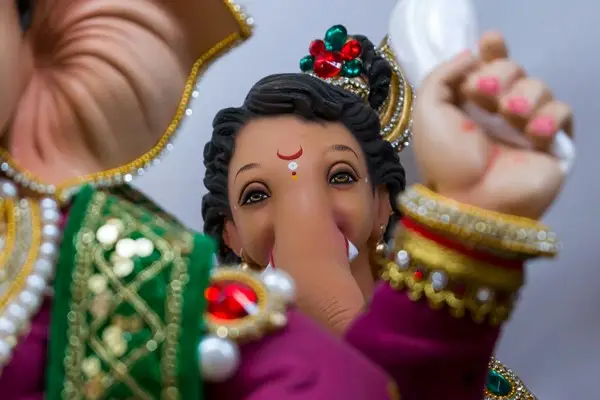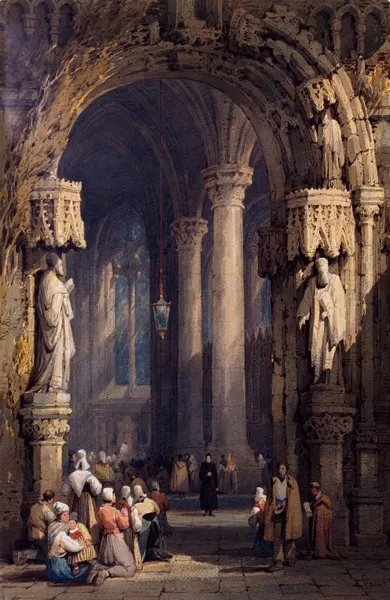Table of Contents
- Historical Background
- Core Beliefs and Concepts
- Practices and Rituals
- Social Structures and Caste System
- Philosophical Schools and Diversity
- Contemporary Hinduism
- Conclusion
Hinduism, one of the oldest and most complex religions in the world, is not merely a faith but a cultural and social system that has influenced millions over millennia. Originating in the Indian subcontinent, Hinduism’s rich tapestry encompasses diverse traditions, rituals, and philosophies. Unlike many religions, Hinduism does not have a single founder, a unified doctrine, or a central religious authority. Instead, it thrives on a pluralistic approach, allowing a wide range of beliefs and practices to coexist. This article aims to provide an overview of Hinduism, exploring its history, key concepts, practices, and its role in shaping social structures and cultural identities.
Historical Background
Origins and Early Development
The roots of Hinduism can be traced back to the Indus Valley Civilization (circa 3300-1300 BCE), where early forms of religious practices were evident. However, it was during the Vedic period (circa 1500-500 BCE) that the foundational texts of Hinduism, the Vedas, were composed. The Vedas, consisting of four primary texts – Rigveda, Samaveda, Yajurveda, and Atharvaveda – contain hymns, rituals, and philosophical discussions that form the bedrock of Hindu thought.
The subsequent period saw the composition of the Upanishads, philosophical texts that explored metaphysical questions and concepts like Brahman (the ultimate reality) and Atman (the individual soul). These texts marked a shift from ritualistic practices to introspective and philosophical inquiry, laying the groundwork for later developments in Hindu philosophy.
Classical and Medieval Periods
During the classical period, the epics Mahabharata and Ramayana were composed, further enriching Hindu literature and providing narratives that continue to influence Hindu culture and values. The Bhagavad Gita, part of the Mahabharata, stands out as a seminal text, offering profound insights into duty, righteousness, and devotion.
The medieval period witnessed the rise of various sects and schools of thought, such as Vaishnavism, Shaivism, and Shaktism, each focusing on different deities and spiritual practices. Bhakti (devotional) movements emerged, emphasizing personal devotion to a chosen deity and making spiritual practices more accessible to the masses.
Core Beliefs and Concepts
Dharma and Karma
Dharma, a central concept in Hinduism, refers to the moral and ethical duties that govern individual conduct. It encompasses righteousness, duty, and the social responsibilities of individuals based on their position in society. Dharma is not static; it varies according to one’s age, caste, gender, and occupation, thereby providing a flexible framework for ethical living.
Karma, another fundamental belief, denotes the law of cause and effect. It posits that every action has consequences, influencing one’s future lives. Good deeds (punya) lead to favorable outcomes, while bad deeds (papa) result in suffering. The cycle of birth, death, and rebirth (samsara) is driven by one’s karma, and the ultimate goal is to attain moksha, or liberation from this cycle.
Reincarnation and Moksha
Reincarnation, the belief in the rebirth of the soul in different bodies, is a core tenet of Hinduism. This continuous cycle of life, death, and rebirth is shaped by one’s karma. The soul’s journey through various lives is seen as an opportunity for spiritual growth and learning.
Moksha represents the liberation from samsara and the realization of one’s true nature as part of the ultimate reality, Brahman. Achieving moksha is considered the highest aim of human life, transcending the material and transient aspects of existence. Various paths, including the paths of knowledge (jnana), devotion (bhakti), and righteous action (karma), are prescribed to attain this liberation.
Practices and Rituals
Worship and Festivals
Hindu worship (puja) involves offering prayers, food, flowers, and other items to deities, either at home or in temples. Temples play a significant role in Hindu religious life, serving as centers for community gatherings and spiritual activities. Iconography and statues of deities are central to Hindu worship, providing tangible forms for devotees to focus their devotion.
Hinduism is rich in festivals, each celebrating different deities, seasons, and historical events. Festivals like Diwali (Festival of Lights), Holi (Festival of Colors), and Navaratri (Nine Nights) are celebrated with great fervor, involving elaborate rituals, music, dance, and communal festivities. These festivals not only reinforce religious beliefs but also strengthen social bonds and cultural identity.
Rites of Passage
Hinduism marks important life stages with various samskaras (rituals), ensuring that individuals are integrated into the social and religious fabric of the community. Key samskaras include the naming ceremony (namakarana), the sacred thread ceremony (upanayana) for boys of the higher castes, marriage (vivaha), and the funeral rites (antyeshti). These rites of passage are designed to guide individuals through their social roles and spiritual duties at different stages of life.
Social Structures and Caste System
Varna and Jati
The caste system, one of the most controversial aspects of Hinduism, is traditionally divided into four varnas: Brahmins (priests and scholars), Kshatriyas (warriors and rulers), Vaishyas (merchants and landowners), and Shudras (laborers and service providers). Beyond these varnas, there are numerous jatis (sub-castes) based on occupation and regional differences.
The caste system has historically regulated social interactions, marriage, and professional roles, creating a hierarchical and rigid social structure. Although modern legal frameworks in India prohibit caste-based discrimination, the legacy of the caste system continues to influence social dynamics and economic opportunities.
Reform Movements
Over the centuries, various reform movements have sought to challenge and reform the caste system and other social inequalities. The Bhakti movement, starting in the medieval period, emphasized equality and devotion over ritualistic practices, often questioning the authority of the Brahminical order.
In the 19th and 20th centuries, social reformers like Swami Vivekananda, Mahatma Gandhi, and Dr. B.R. Ambedkar worked towards abolishing caste discrimination and promoting social justice. Ambedkar, in particular, played a crucial role in drafting the Indian Constitution, which enshrines the principles of equality and prohibits discrimination based on caste.
Philosophical Schools and Diversity
Get the full article AD FREE. Join now for full access to all premium articles.
View Plans & Subscribe Already a member? Log in.





